The resolution of 3D printing varies depending on several factors, such as the 3D printing technology, the size and complexity of the object being printed, and the material used. In general, the resolution of 3D printing can be defined by two main parameters:
1. Layer Thickness: This is the thickness of each layer of material that the printer deposits to create the object. The layer thickness often ranges from 0.05 mm to 0.25 mm for FDM printers, but can be as low as 0.01 mm for SLA or DLP printers.
2. X-Y Resolution: This is the resolution of the 3D printer in the horizontal plane. It determines the detail and precision of the printed object's surface features. The X-Y resolution may be measured in millimeters or microns and is determined by the precision of the printer's nozzle or laser.
Overall, the resolution of 3D printing has improved significantly in recent years with advancements in technology and materials. Currently, some 3D printers can achieve a resolution of less than 0.1 mm for layer thickness and 0.01 mm for X-Y resolution. However, it's important to note that achieving a high resolution can result in longer printing times and higher costs.
 Consumer electronics HOTFrom prototype to production to homes around the world
Consumer electronics HOTFrom prototype to production to homes around the world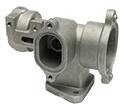 Automotive HOTDrive product development and speed up innovation
Automotive HOTDrive product development and speed up innovation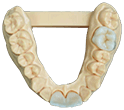 Medical NEWAccelerating new product introduction for the medical industry
Medical NEWAccelerating new product introduction for the medical industry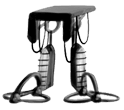 Robotics & automation NEWBuild the most complex automated systems with ease
Robotics & automation NEWBuild the most complex automated systems with ease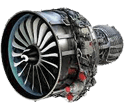 Aerospace & aviation
Aerospace & aviation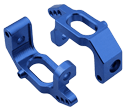 Industrial machineryPower your machines with cutting-edge technologies
Industrial machineryPower your machines with cutting-edge technologies






